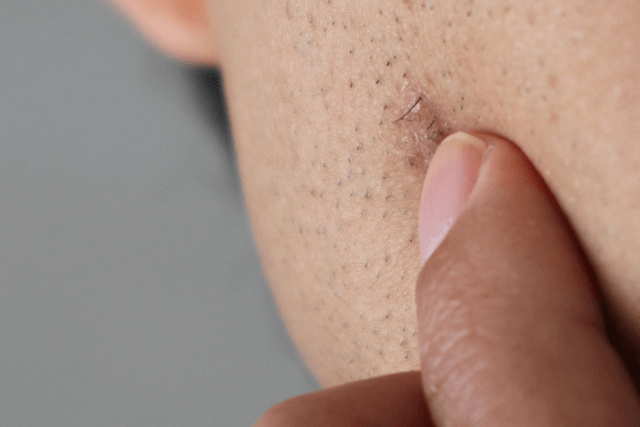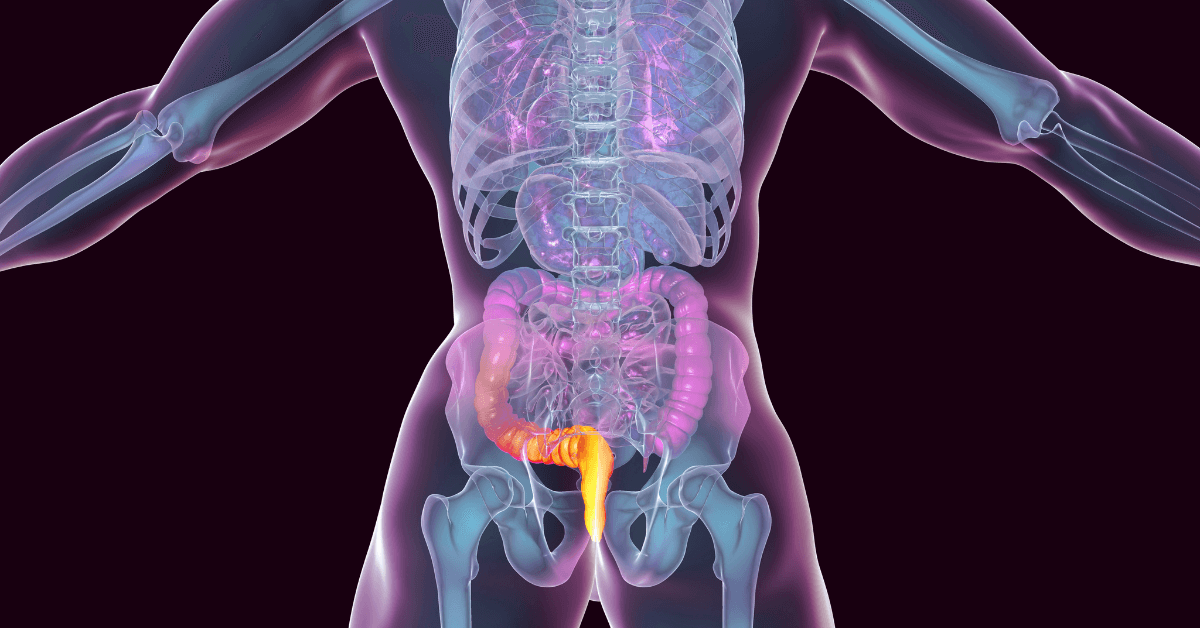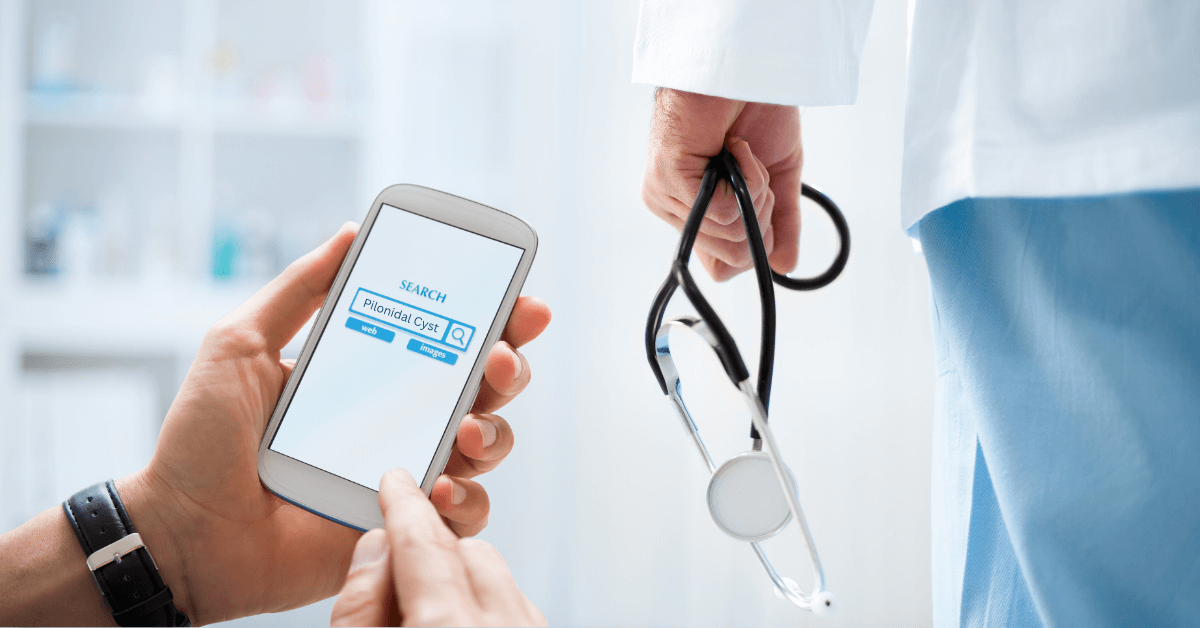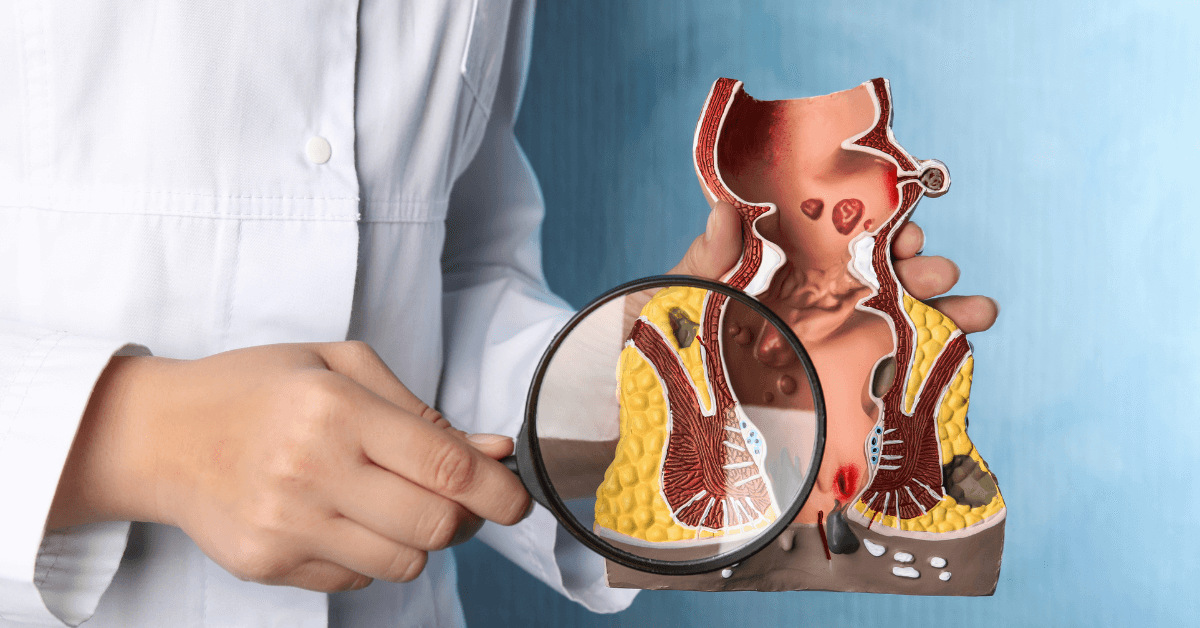Pilonidal cysts are a common but often misunderstood medical condition. If you’ve been diagnosed with one, or you suspect you might have one, you may have many questions. One of the most common questions people ask is, Are pilonidal cysts contagious? This blog will provide you with a comprehensive answer, along with detailed information on what pilonidal cysts are, their causes, treatment options, and how you can prevent them from coming back. We’ll also cover some myths and misconceptions about pilonidal cysts and offer expert advice on what to do if you’re dealing with one.
What Are Pilonidal Cysts?
Before we dive into the question of whether pilonidal cysts are contagious, let’s first understand what they are. A pilonidal cyst is a small, fluid-filled sac or pocket that forms under the skin near the tailbone, at the top of the buttocks crease. Hair, skin debris, and other substances typically fill these cysts . While they may not cause problems initially, they can become infected and painful. Infected pilonidal cysts often result in abscesses or an accumulation of pus, which can lead to further complications if not treated.
Although pilonidal cysts are more common in young adults, especially those between the ages of 18 and 30, they can occur at any age. Men develop them more frequently than women, and people with higher weight, a sedentary lifestyle, or excess body hair are more at risk.
Are Pilonidal Cysts Contagious?
Now, let’s address the key question: Are pilonidal cysts contagious? The short answer is no. Pilonidal cysts are not contagious. You cannot catch a pilonidal cyst from someone else, nor can you spread it to others through physical contact.
The primary cause of pilonidal cysts is hair follicles clogged with hair and debris, leading to infection and cyst formation. Pressure, friction, prolonged sitting, poor hygiene, or higher weight can contribute to pilonidal cyst development. People cannot transmit pilonidal cysts to others, and they do not spread through casual contact.

Causes of Pilonidal Cysts
To fully understand why pilonidal cysts aren’t contagious, it’s helpful to look at the causes behind their formation. Here are some key factors that contribute to the development of pilonidal cysts:
- Excess Hair Growth: Pilonidal cysts are often caused by hair follicles becoming clogged with hair and other debris. In some cases, hair may grow inward into the skin, creating an infection. People with thick, coarse hair in the tailbone area are more likely to develop pilonidal cysts.
- Friction and Pressure: Extended periods of sitting or pressure on the tailbone area can irritate the skin, leading to cyst formation. This is particularly true for individuals who are of higher weight, as the extra weight puts added pressure on the area.
- Poor Hygiene: If a person doesn’t clean the skin around the tailbone properly, they increase the risk of infection, which can cause a pilonidal cyst.
- Family History: If someone in your family has had pilonidal cysts, you may be more likely to develop them as well. This suggests a genetic predisposition to the condition.
- Sedentary Lifestyle: People who sit for long periods of time, such as office workers or truck drivers, may be more prone to developing pilonidal cysts due to the constant pressure on the tailbone area.
Common Misconceptions About Pilonidal Cysts
There are several misconceptions about pilonidal cysts, particularly regarding their contagiousness. It’s easy for people to assume that since the cysts develop on the skin, they might be spread through contact. However, as we’ve established, pilonidal cysts are not contagious. Let’s address a few other myths:
Myth 1: Pilonidal cysts are caused by poor hygiene alone. While poor hygiene can contribute to the development of pilonidal cysts, it is not the only cause. Hair growth, pressure, and genetics also play a significant role. Regular hygiene is important but not a guaranteed prevention method.
Myth 2: Pilonidal cysts can be passed from person to person. As mentioned earlier, pilonidal cysts are not contagious. You cannot catch a pilonidal cyst from someone who has one, and you cannot spread it to others.
Myth 3: Doctors always need to perform surgery to treat pilonidal cysts. Doctors may treat pilonidal cysts non-surgically with drainage or antibiotics, but some cases may still require surgical intervention. Surgeons typically reserve surgery for recurring or severe cases.
Pilonidal Cyst Symptoms and Diagnosis
Pilonidal cysts are not always easy to spot, especially in the early stages. They may start as small, painless bumps or lumps near the tailbone. However, when they become infected, they can cause symptoms such as:
- Pain or tenderness: The cyst may become painful, especially when sitting or during physical activity.
- Swelling or redness: The area around the cyst may become swollen or inflamed.
- Drainage: If the cyst becomes infected, it may drain pus or blood.
- Abscess formation: In some cases, an abscess may form, which can cause severe pain and require immediate medical attention.
Treatment Options for Pilonidal Cysts
While pilonidal cysts are not contagious, they can still be painful and disruptive to your daily life. If you have a pilonidal cyst, there are several treatment options available to help alleviate symptoms and prevent complications. These include:
- Draining the Cyst: If the cyst becomes infected and forms an abscess, a doctor may need to drain it. This involves making a small incision to allow the pus to escape and relieve the pressure. In some cases, a drain may be left in place to ensure the area continues to drain properly.
- Antibiotics: If there’s an infection, a doctor may prescribe antibiotics to help clear it up. Doctors usually give antibiotics before any surgical procedures to reduce the risk of spreading the infection.
- Surgical Removal: For recurrent or severe pilonidal cysts, surgery may be necessary. This involves removing the cyst and any surrounding tissue that may be contributing to the problem. Surgical treatment is often the most effective option for preventing recurrence.
- Laser Treatment: Laser treatment is a minimally invasive procedure that can help remove pilonidal cysts or reduce hair growth in the affected area. It can be a good option for people who experience recurrent cysts.
- Home Care: For mild cases, at-home remedies such as sitting in warm baths, using over-the-counter pain relief, and applying antiseptic creams can help manage symptoms.

Preventing Pilonidal Cysts
While pilonidal cysts are not contagious, you can take steps to prevent them from developing or recurring. Here are a few tips:
- Keep the area clean and dry: Regular hygiene is essential to prevent infection.Thoroughly clean the tailbone area, especially after sweating or sitting for long periods.
- Avoid prolonged sitting: If your job or lifestyle requires you to sit for extended periods, take frequent breaks to relieve pressure on the tailbone.
- Consider hair removal: If you have excessive hair around the tailbone area, removing it may help reduce the risk of cyst formation.
- Maintain a healthy weight: If you are of higher weight, losing weight can reduce pressure on the tailbone and lower the risk of developing a pilonidal cyst.
When to Seek Help
If you experience pain, swelling, or any of the symptoms of an infected pilonidal cyst, it’s important to see a healthcare provider promptly. Early intervention can prevent complications and provide you with the best chance for a quick recovery.
At IBI Healthcare, we specialize in the diagnosis and treatment of pilonidal cysts. If you’re dealing with a pilonidal cyst or are concerned about developing one, schedule an appointment today to discuss your options with our experienced healthcare team.
Conclusion: Are Pilonidal Cysts Contagious?
To recap, pilonidal cysts are not contagious. They are caused by factors like excess hair growth, pressure on the tailbone, poor hygiene, and genetics—not by contact with others. While pilonidal cysts can be painful and disruptive, there are effective treatments available to alleviate symptoms and prevent recurrence. If you’re dealing with a pilonidal cyst, don’t hesitate to reach out to a healthcare provider for advice and treatment options.



